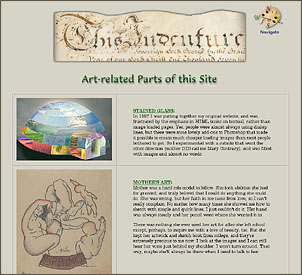Pierre Oliver Joseph Coomans (1816-1889)
[Joseph Coomans]
| Pupil of:
| Professor Hasselaere at Ghent,
Nicaise de Keyser and
Baron Wappers
at the Antwerp Academy |
| Teacher of:
| Diana Coomans, Heva Coomans |
The late Joseph Coomans was one of the most popular of European painters with American collectors,
and the sale of his works in this country alone made him a very rich man. He was a native of Brussels,
and a pupil of Professor Hasselaere
at Ghent, and of Nicaise de Keyser and Baron Wappers at the Antwerp Academy. From Antwerp he
removed to Paris, and going with the French army to Algiers, where he resided several years,
he later traveled extensively in Italy, Turkey, Greece, and the Crimea. At this time he painted
historical and portrait subjects, but in 1857 he visited Italy, and became interested in the remains of
ancient
Pompeii, which were then being excavated. From this time forth he took up the line of
subjects which made him famous. He had two daughters, both of whom possessed remarkable artistic
gifts, and who, as his pupils, became well-known painters. Some
years before his death he visited America, residing here for a prolonged period, and his daughters
accompanied him and became favorites in the best New York society. Both Miss Heva Coomans and
her sister Diana paint the same class of objects as their father, and very much in his manner and
feeling of color. In "The Pompeiian Flower Girl" is presented an extremely characteristic example
of one talented daughter of a famous parent.
Joseph Coomans, the father of the Misses Heva
and Diana Coomans, was a Belgian artist, whose biography will be found
in full in a previous division of this work. "The Smile" is one of his favorite
and enormously popular Pompeiian subjects, a lady reclining upon a divan and cassting at some admirer
a glance of invitation and encouragement. It is one of the most characteristic of this class
of works which the painter produced during his long and incessantly active career.
A girlish coquete, revelling in the reminscence of some new conquest, is the subject of the picture
by Joseph Coomans. The heroine is a type of the blonde beauty of the women of Greek origin or
antecedents who bore away the palm for loveliness in Pompeii in its prime, when beauty was worshipped there
second only to the gods.
The dream of Joseph Coomans' Pompeiian maiden is evidently one of those which come by day to young
ladies not insensible to the sentiment of love.
Previous Artist Next Artist






![]() Copyright © 2007, Mary S. Van Deusen
Copyright © 2007, Mary S. Van Deusen